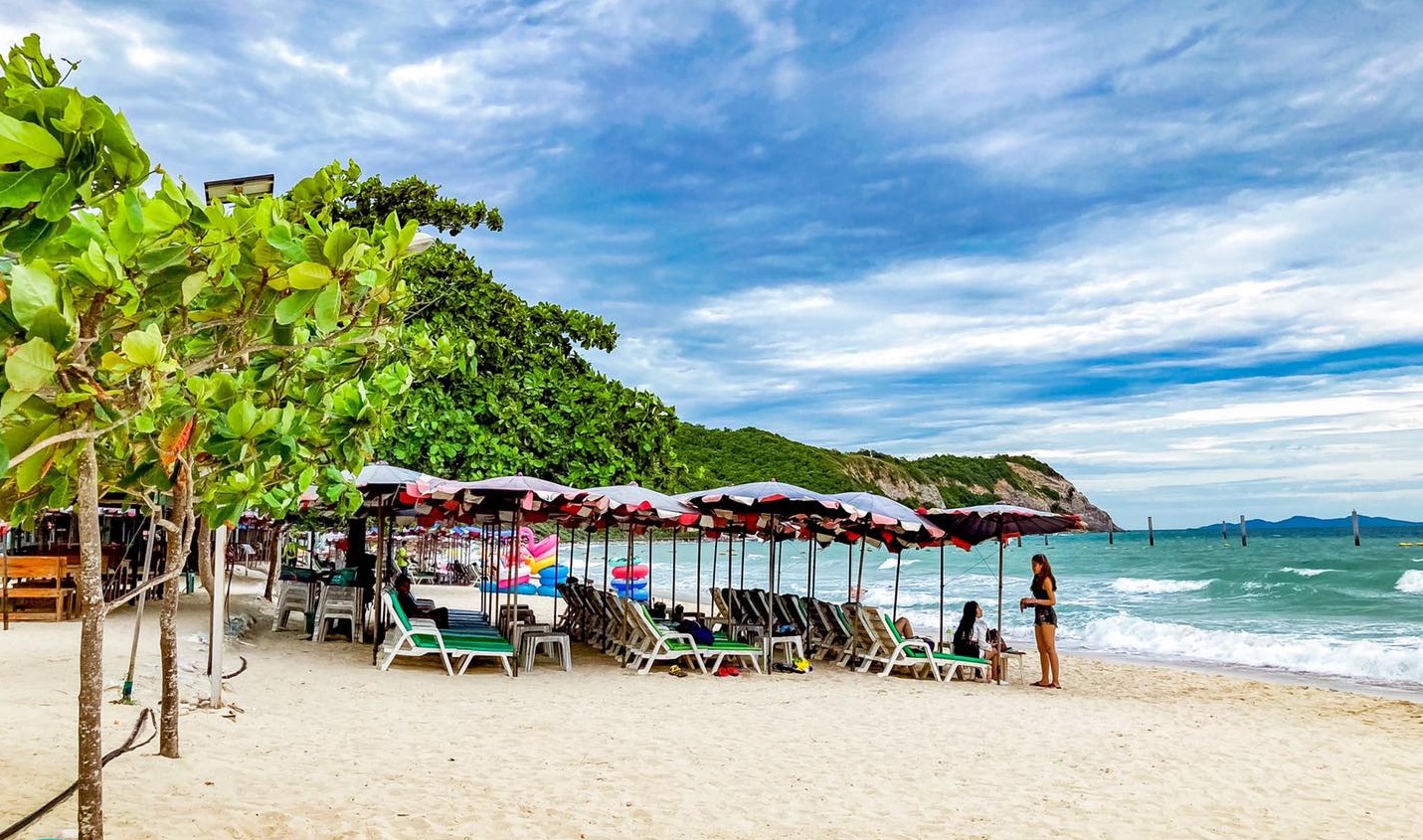The government said it will "reopen" Bangkok, Chiang Mai, Chonburi, Phetchaburi and Prachuap Khiri Khan to foreign tourists from Oct. 1 as part of the second phase of the country's reopening timeline.
In the official statement released Sept. 9, government spokesman Thanakorn Wangboonkongchana said the plans reflected the policy outlined by Prime Ministe Prayut Chan-o-cha to gradually reopen the country in phases, following the first phase that reopened Phuket, followed by Surat Thani, then Krabi and Phangnga "7+7 Extension" over the past two months.
"This October reopening will be launched alongside with the country's newly adjusted 'universal prevention' guidelines against Covid-19, under which Bangkok, Chiang Mai, Chon Buri, Phetchaburi and Prachuap Khiri Khan are getting ready, including accelerating vaccination for the local population and formalizing tourism campaigns such as 'Bangkok Sandbox', 'Hua Hin Recharge' and 'Charming Chiang Mai'," Thanakorn said.
"Reopen", however, is the wrong word, as it means neither quarantine-free travel for tourists nor full resumption of all businesses.
In some cases, as in Pattaya, arrivals will be locked into their hotels for the first three days and then only allowed to travel on "sealed routes" to prepaid, predefined attractions, unable to go where they want in Pattaya for two weeks.
Likewise, 28 provinces continue to classified as "deep red" coronavirus maximum and strict control zones, subjected to 9 p.m.-4 a.m. curfews, businesses forced to close at 8 p.m., alcohol sales banned in restaurants, and bars and other entertainment venues closed.
The Center for Covid-19 Situation Administration extended all those restrictions Sept. 30 and it's inconceivable to think they will be lifted for an Oct. 1 "reopening". Tourists are destined to arrive in the "reopened" cities only to be faced with closed bars, shuttered movie theaters and museums, at least some night-time curfew and even a continued alcohol ban.
From mid-October, another 21 destinations up and down the country will reopen. These include Chiang Rai, Lamphun, Mae Hong Son, Nan, Phrae, and Sukhothai in the North; Bueng Kan, Nong Khai, Ubon Ratchathani, and Udon Thani in the Northeast; Kanchanaburi and Ratchaburi in the West; Chanthaburi, Rayong, and Trat in the East; Ayutthaya in the Central Region, and Nakhon Si Thammarat, Ranong, Satun, Songkhla, and Trang in the South.
Thailand is set to proceed with the fourth phase of reopening in January with 13 border provinces to reopen under travel bubbles with neighboring countries.
All four phases will cover the reopening of 43 provinces across Thailand.
'Reopen', however, is the wrong word, as it means neither quarantine-free travel for tourists nor full resumption of all businesses.
Thanakorn also said the government considers the Phuket "sandbox" program a success over its first two months. While falling massively short of expectations, the scheme generated 1.6 billion baht in tourism revenue from the average cost of the visitors' vacation at 61,894 baht.
It's notable that 60 percent that average spend went to government-specified hotels and for coronavirus tests and other medical treatment. Average small businesses benefitted very little from the "sandbox".
Meanwhile, the government is also planning to boost domestic tourism through two stimulus campaigns: "Rao Thiao Duai Kan? ("We Travel Together") and "Tour Thiao Thai".
Registration is expected to open this month for the travel period from October, the traditional start of the high season.
The third-phase extension of the "We Travel Together" campaign will subsidize 40 pecent of hotel-room rates or airfares, plus a daily e-voucher valued at 600 baht.
Meanwhile, for the "Tour Thiao Thai" stimulus, which is for packaged tours, the government will subsidize 40 percent of the payment, or up to 5,000 baht per person.



 Today marks the
Today marks the 















 Among foreign visitors to Samui, the top three countries are France (118 visitors), Germany (96) and the United Kingdom (95).
Among foreign visitors to Samui, the top three countries are France (118 visitors), Germany (96) and the United Kingdom (95).



